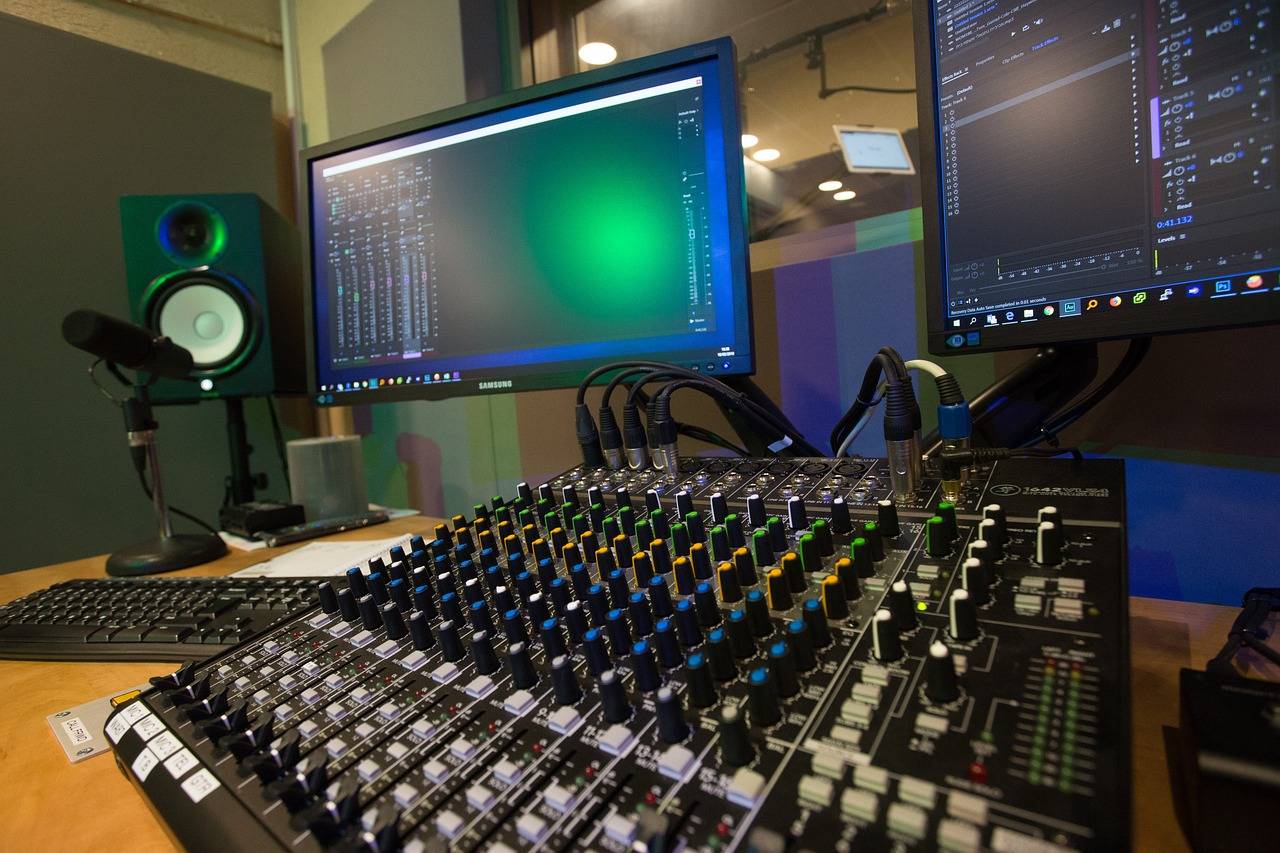Behind the Scenes of CGI: The Artistry and Technology of Visual Effects
CGI, or computer-generated imagery, revolutionized the film and television industry by enhancing visual effects and pushing the boundaries of creativity. The roots of CGI can be traced back to the 1950s, when experimental short films began incorporating computer graphics. However, it wasn’t until the 1970s and 1980s that CGI started appearing in mainstream movies, such as “Star Wars” and “Tron,” making audiences wonder at the possibilities of this new technology.
Throughout the 1990s, CGI continued to advance rapidly, with movies like “Jurassic Park” showcasing the power of this innovative tool. The seamless blending of CGI with live-action footage allowed filmmakers to create fantastical worlds and creatures that were previously impossible to achieve. As audiences became more accustomed to the magic of CGI, it became a staple in both blockbuster hits and small screen productions, forever changing the landscape of visual storytelling.
The Evolution of CGI Technology in Visual Effects
As visual effects in film and television have continued to advance, so too has the realm of computer-generated imagery (CGI). CGI has transformed the way audiences perceive and interact with on-screen worlds, characters, and narratives. The progression of CGI technology has enabled filmmakers and visual effects artists to create stunning and realistic visuals that were once thought impossible to achieve.
From its humble beginnings in the 1970s, where CGI was mainly used for simple geometric shapes and animations, to the present day where CGI has become an integral part of modern filmmaking, the evolution of this technology has been truly remarkable. As computing power has increased and software has become more sophisticated, the possibilities for what can be achieved with CGI have expanded exponentially. The seamless integration of CGI into live-action footage has blurred the lines between reality and fantasy, immersing audiences in worlds that were previously only imaginable.
What is CGI technology?
CGI stands for computer-generated imagery, which is the use of computer graphics to create images, videos, and animations.
How has CGI technology evolved over the years?
CGI technology has evolved significantly since its inception, with advancements in computer processing power, software development, and techniques used by visual effects artists.
When was the first use of CGI in film and television?
The first use of CGI in film was in the 1973 movie “Westworld” and in television was in the 1984 series “The Last Starfighter.”
How has CGI technology changed the landscape of visual effects in film and television?
CGI technology has revolutionized visual effects in film and television by allowing filmmakers to create realistic scenes and characters that would be impossible to achieve with practical effects alone.
What are some examples of groundbreaking CGI effects in film and television?
Some examples of groundbreaking CGI effects include the dinosaurs in “Jurassic Park,” the character Gollum in “The Lord of the Rings” trilogy, and the dragons in “Game of Thrones.”
What does the future hold for CGI technology in visual effects?
The future of CGI technology in visual effects looks promising, with continued advancements in technology leading to even more realistic and immersive effects in film and television.





